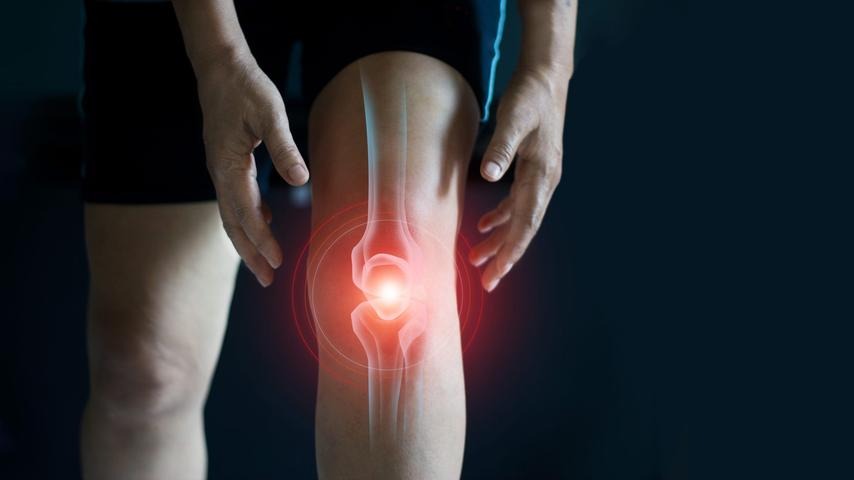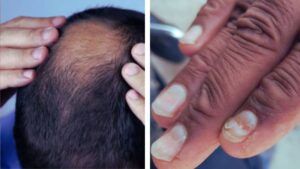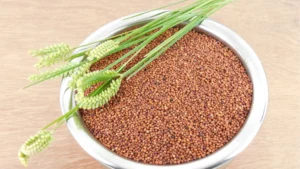
Is It Just Aches — or Early Arthritis? Early Signs of Arthritis in Your 20s and 30s
Joint pain is often associated with aging, but many young adults in their 20s and 30s are now reporting persistent aches that may be early signs of arthritis. Often dismissed as temporary or workout-related, these symptoms can signal the onset of chronic conditions that require attention.
Understanding Joint Pain in Young Adults
Joint pain in younger people is typically caused by overuse, injuries, or temporary inflammation. However, when the pain is recurrent, symmetrical (affecting the same joints on both sides), or accompanied by stiffness and swelling, it could be an early indicator of arthritis.
Common Causes of Joint Pain in Your 20s and 30s
- Rheumatoid Arthritis (RA)
An autoimmune disorder, RA can begin as early as the twenties. It causes the immune system to attack joint tissues, leading to inflammation, swelling, and pain. Early symptoms include morning stiffness lasting more than 30 minutes and joint tenderness. - Osteoarthritis (OA)
While OA is more common in older adults, it can also affect younger individuals, especially those with joint injuries or a family history of the disease. It involves the gradual wearing down of cartilage and often affects weight-bearing joints like knees and hips. - Psoriatic Arthritis
Linked with the skin condition psoriasis, this form of arthritis can cause swollen fingers and toes, joint stiffness, and nail changes. It often appears between the ages of 30 and 50 but can develop earlier. - Lupus
Systemic lupus erythematosus (SLE) can cause inflammation in joints and organs. Women in their 20s and 30s are most commonly affected. Symptoms may include fatigue, rashes, and persistent joint pain. - Reactive Arthritis
Triggered by infections, reactive arthritis typically develops after bacterial infections in the urinary tract or intestines. It can cause pain in the knees, ankles, and feet, and may also affect the eyes and skin. - Overuse and Repetitive Stress Injuries
Young professionals working long hours on computers or athletes engaged in intense training may suffer from repetitive strain injuries, such as carpal tunnel syndrome or tendonitis, which can mimic arthritis symptoms. - Gout
Once considered a condition of older men, gout is now affecting younger individuals due to dietary changes and sedentary lifestyles. It causes sudden, severe pain, often in the big toe, due to uric acid crystal buildup.
Early Signs You Shouldn’t Ignore
- Persistent joint pain lasting more than a few weeks
- Swelling, redness, or warmth in joints
- Morning stiffness that lasts longer than 30 minutes
- Reduced range of motion or joint locking
- Fatigue and general malaise
- Unexplained weight loss
When to See a Doctor
If you experience any of the above symptoms, it’s crucial to consult a healthcare professional. Early diagnosis can prevent joint damage, improve quality of life, and lead to better treatment outcomes.
Prevention and Management
- Stay Active: Regular, low-impact exercise strengthens joints and muscles.
- Eat a Balanced Diet: Anti-inflammatory foods, like leafy greens and omega-3-rich fish, can support joint health.
- Maintain a Healthy Weight: Reducing excess weight lessens strain on joints.
- Monitor Joint Health: Pay attention to recurring pain or swelling and act early.
- Protect Your Joints: Use ergonomic tools and practice good posture.
Final Word
Joint pain at a young age is not something to overlook. With rising awareness and early intervention, arthritis and related conditions can be managed effectively. If your joints are talking, it’s time to listen—no matter how old you are.
Disclaimer: This article, including health and fitness advice, only provides generic information. Don’t treat it as a substitute for qualified medical opinion. Always consult a specialist for specific health diagnosis.








